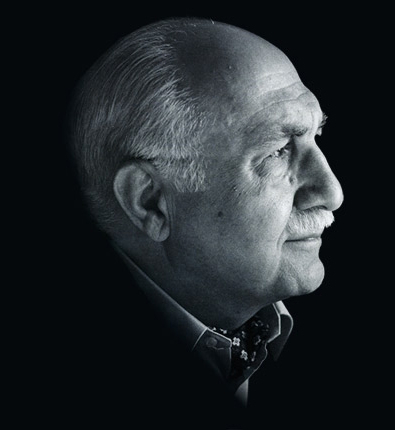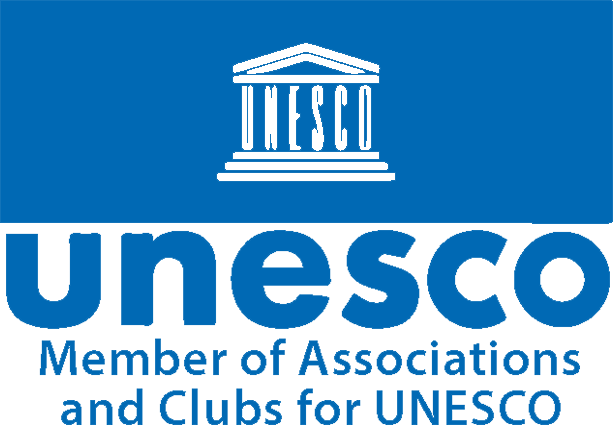NaderArdalan

Contact Information
Education Background
Nader Ardalan, President of Ardalan Associates, LLC, is an architect with a long and distinguished international career in the fields of planning, architecture, and historic preservation. He is a recognized global leader and expert in environmentally sustainable and culturally relevant design, with a particular focus on Islamic countries. He holds a Bachelor of Architecture from Carnegie Mellon University and a Master of Architecture from the Graduate School of Design at Harvard University. As of February 2011, Mr. Ardalan serves as Senior Research Associate and Senior Editor of the Persian Gulf Encyclopedia for Sustainable Urbanism at the Harvard Graduate School of Design. From 2006 to 2010, he was a Research Fellow at the Center for Middle Eastern Studies, Harvard University, where he directed the Persian Gulf Research Project. He was the joint recipient of a Harvard Kennedy School Research Grant with anthropologist Dr. Steven Caton, and co-authored The New Arab Urbanism in the Persian Gulf. Mr. Ardalan is also the co-author of The Sense of Unity: The Sufi Tradition in Persian Architecture (University of Chicago Press) and author of Blessed Jerusalem (Harvard University), among other publications. Mr. Ardalan has served as a Visiting Professor at Harvard, Yale, MIT, and Tehran University. He was a founding member of the Steering Committee of the prestigious Aga Khan Award for Architecture and frequently serves as a jury member for major international design competitions, including: The National Iranian Oil Company Headquarters, Tehran, Iran The Saudi Aramco Cultural Center, Dhahran, Saudi Arabia The Shams-e-Tabrizi Memorial, Khoy, Iran
Professional Introduction
Selected Case Studies Göbekli Tepe The recent excavations at Göbekli Tepe, located in the mountainous Kurdish districts of southeastern Turkey near the headwaters of the Tigris River, and dated to approximately 9600 BCE, represent one of the most significant archaeological discoveries of the modern era. This site has the potential to profoundly reshape our understanding of a crucial stage in the evolution of human societies.¹⁰ Evidence from Göbekli Tepe suggests that the construction of monumental architectural complexes was within the capability of Neolithic hunter-gatherer communities, and not, as previously believed, limited to later sedentary agricultural civilizations that emerged in Mesopotamia during the third millennium BCE. As Klaus Schmidt, the lead excavator of the German Archaeological Mission, observed: “First came the temple, then the city.” This revolutionary hypothesis challenges the conventional narrative that urban settlement and agricultural domestication preceded monumental religious architecture. While ongoing and future research will continue to refine or modify this perspective, Göbekli Tepe already compels a re-evaluation of the relationship between ritual, community, and the birth of urbanism. The site comprises twenty circular, now subterranean enclosures, of which four have been excavated to date. Each stone structure measures between 10 and 30 meters in diameter and features massive T-shaped limestone pillars, some rising to six meters in height. These megaliths are intricately carved with reliefs of animals, including lions, bulls, foxes, and vultures—symbols that appear to have held profound mythological or cosmological significance. The monumental pillars dominate the site and remain its most striking architectural feature, testifying to a highly developed sense of symbolic spatial organization and collective ritual purpose long before the advent of urban civilization.
Architectural Perspective
The Hadiths frame this responsibility through two guiding principles: the unselfish utilization of natural resources and the preservation of the natural balance as faithful stewards of creation.⁸ Yet, despite this profound cultural precedent, such values are rarely observed in contemporary thought or action among decision-makers in the Middle East. The social revolutions witnessed globally—and most notably in the Middle East over the past two and a half decades, epitomized by the Arab Spring—reflect the mounting material pressures of a world that now numbers over seven billion people, with more than half living in urban areas. Scarcity of water and food resources, widening income disparities, unemployment, financial crises, and civil injustice characterize an increasing number of modern societies. Confronted by these daunting forces of disruption, humanity appears to lack a shared vision or functional cosmology capable of guiding us toward viable and sustainable futures. Paradoxically, at no other time in history have we had such access to vast bodies of qualitative and quantitative knowledge, capable of informing, disciplining, and inspiring new directions toward a noble and sustainable human survival. Within this panorama—and the limits of this essay—my focus turns to one pivotal question concerning the future of our urban built environments: How can holistic approaches to ecological spirituality inform and shape the form and life-patterns of current and future cities in the Middle East? What is the potential of the city to uplift the human spirit, to contextualize and symbolize our shared human condition, to accommodate inclusive communal rituals that give meaning to life, and to foster connections to knowledge and the transcendent dimension of existence within architecture and the urban realm?⁹ Perhaps one approach lies in examining positive examples from the past, distilling their key design principles, analyzing the shortcomings of contemporary urbanism, and integrating the expanding body of knowledge in ecological urbanism. From there, we might propose innovative design paradigms capable of producing the sustainable and spiritually sublime cities of the future in our region. What environmental, social, cultural, economic, and urban design forces have historically produced the sublime places and vital cities we revere—those that continue to move and transform us? Once we understand the essential elements of such transformative environments—places that inspire in us a sense of wondrous awe—and integrate them with emerging principles of ecological spirituality, we may begin to identify pathways toward the city sublime of the future and the rehabilitation of our existing cities. Within the limits of this brief inquiry, is it possible to discern lessons from the past regarding the role of spirituality in the most memorable and beautiful built environments of the Middle East? What spiritual foundations have given birth to, sustained, nurtured, and—when absent—led to the decline or death of cities in this region over the last ten millennia?
Sustainable Development Message
“Learning to manipulate clay, stone, marble, and wood, man penetrated their properties, and his techniques gave expression to his aspirations toward the divine. In architecture, environmental harmony was known to the Chinese, the Indians, the Greeks, and others. It produced the temples of Karnak, the great mosques of Islam, and the cathedral of Chartres in France.” — Hassan Fathy¹ Throughout the course of human cultural and scientific development, we can identify five transformational phases of history leading to the present.² From the Paleolithic and Neolithic periods, humanity evolved into the Classical–Traditional era, defined by the great religions and their rich civilizations. Over the past five centuries, we have gradually transitioned into the Scientific–Technological phase, arriving now at a threshold where the dominance of science and technology—driven by modern corporations and their reign of quantity and material consumerism—threatens the very existence of life on Earth.³ Yet we remain hesitant to acknowledge that for any species to remain viable, it must establish a beneficial niche—one that sustains both its own survival and the well-being of its surrounding environment.⁴ This niche demands an attitudinal shift, a transformation toward what some describe as an emerging Ecological Age, succeeding the Technological Age. This new phase calls for a profound awareness of the sacred presence within every aspect of the universe and of humanity’s integral role within this interconnected web of existence.⁵ Caught between the traditional past—rooted in religious belief—and the emerging cosmology of an Ecological consciousness not yet fully formed or understood, human beings now inhabit a transitional state: precarious, yet filled with immense potential. Traditional Abrahamic religions have often regarded the Divine as transcendent and separate from the natural world. Consequently, nature has frequently been viewed merely as an object created to serve humanity’s material needs. This perspective has contributed to the exploitation and near destruction of Earth’s natural resources by contemporary society.⁶ In Islam, however, this tendency is somewhat mitigated. Humanity’s responsibility toward the natural environment stems from its role as God’s Khalifa—His inheritor or vicegerent—on Earth. As the Qur’an declares: “He it is Who has made you inheritors in the earth; if, then, He so wills…”

